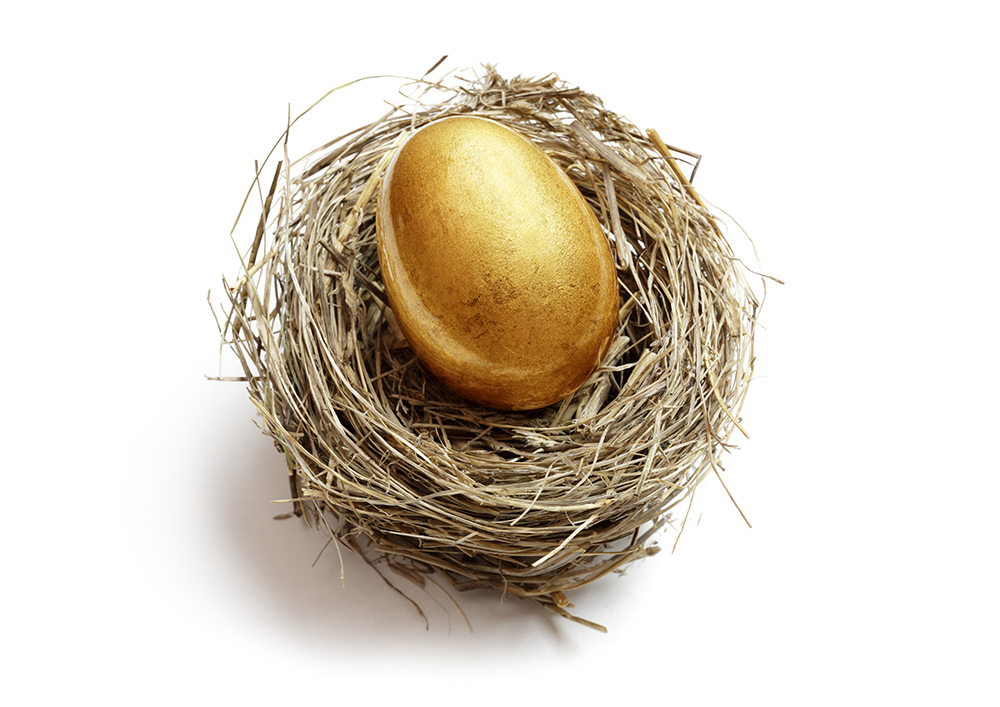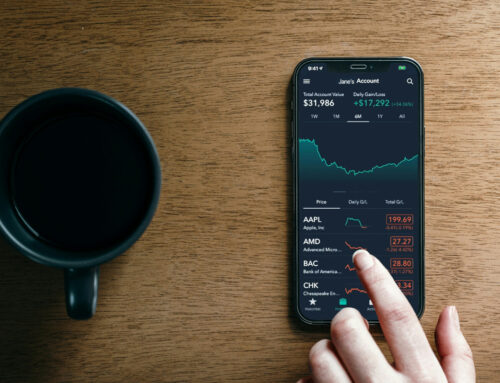Last week we discussed the ETFs Portfolio, a low trading portfolio. If you are not into doing much trading, it may be a portfolio you could consider.
This week we are going to look at the Growth Portfolio. Unlike the ETFs Portfolio, the Growth Portfolio entails a little bit more work, but as you will see, the results over the years are worth taking note of. Let’s locate the Growth Portfolio in VectorVest. If you open the Portfolios tab on the main toolbar, on the left you will see the Growth Portfolio listed. As of 22 December 2017, the portfolio was up 319.62% since the start of 2012! Bear in mind that the All Ordinaries Index since 2012 has returned just over 48% over the same time.
You can check all the portfolio stats by clicking on the “Portfolio Performance” button on the bottom left of the Portfolios screen. This will open the Portfolio Performance window and list all the portfolios as found in the Portfolios tab (you can filter out any of the non-VectorVest portfolios per the dropdown menu at the top left of the Portfolio Performance window where you can choose from “View All,” “VectorVest Only” and “Personal only”). The performance window notes the Growth Portfolio has returned over 50% Annualised Rate of Return (ARR)! Notice the Max Drawdown at 14.82%. Maximum Draw Down is the most a portfolio has lost from a peak to trough cycle before any new peak took place. This portfolio goes back nearly 6 years. To have drawdown at this level on a portfolio that is seeking growth is impressive. Close out of this window by clicking on the “X” in the upper right corner of Portfolio Performance window.
So how much time does this portfolio entail? To find out, click on the “Reports” button just above the Growth Portfolio Graph and then select “View Summary Report.” Once you open this report, you will see that there have been 65 trades from 3 January 2012 to 22 December 2017. That makes it around 11 trades a year on average or just under one per month. Scroll down this report to the last page and have a look at the pie graphs showing the current stocks held and what industries these stocks relate to. There is some powerful diversification going on! If you want to see exactly how every trade was made up, per the Reports button, select “View Transaction Log” and you will get the full transaction log over the years. Close out of the current report by selecting the “X” in the upper right corner of the report.
To check out the exact settings for this portfolio, ensure you are in the Portfolios tab with no reports open and click on the “Details” button near the top right of the page. This will open a new window and list all the settings applied. This portfolio holds up to 10 stocks in total and applies an 11% Trading Stop Loss. This portfolio does not short any stocks and ensures that no more than 5% of a stock’s average volume is ever purchased on a given day. Notice the search applied: Southern Comfort/AU.
For those of you who have attended a few live events over the years, you no doubt would have seen some BackTests entailing Southern Comfort/AU which finds stocks between $1 and $5 with high VST scores. The extra kicker is that these stocks are then sorted by CI (Comfort Index) in descending order. The search finds smooth stocks with strong fundamentals. With the price range between $1 and $5, the search can be seen as a midcap strategy. As we have seen over the years, midcap stocks in Australia have performed well. The Southern Comfort/AU search can be found in the UniSearch tab in the Searches – Precision Trading folder.
One last note on this portfolio, the returns do not consider any dividends or franking credits. There certainly have been many dividends and franking credits over the years which would push the results higher. However, the aim of this portfolio, as the name implies, is capital growth. If you wish to keep an eye on the dividends and franking credits in this portfolio, right click on any of the current listed stocks in this portfolio (per the Portfolios Tab) and then scroll down and select Layout… and from here you will be taken to the Layout settings. Locate Dividends and IFC (Interim Franking Credits) and FFC (Final Franking Credits) and add them to your layout. I can see all 8 stocks currently being held pay a dividend with 2 of them having a Dividend Yield of over 4%. I can also see that all the stocks are fully franked!
Written by: Robert and Russell Markham
To take out a trial to VectorVest to check this portfolio out in our Portfolios tab – CLICK HERE











Hello Russell, what is a trading stop as used in the Growth Portfolio?
Cheers
John